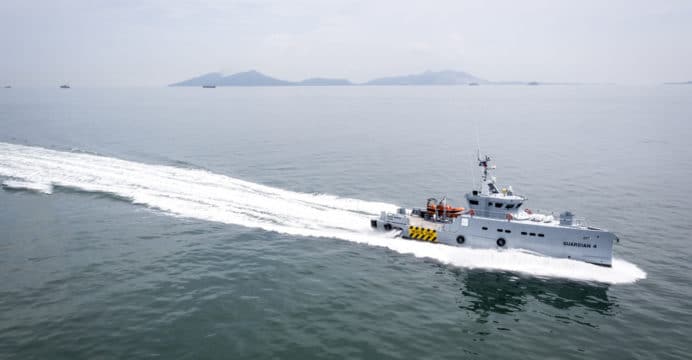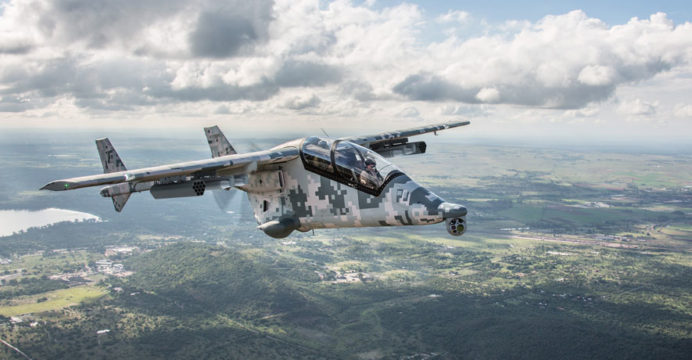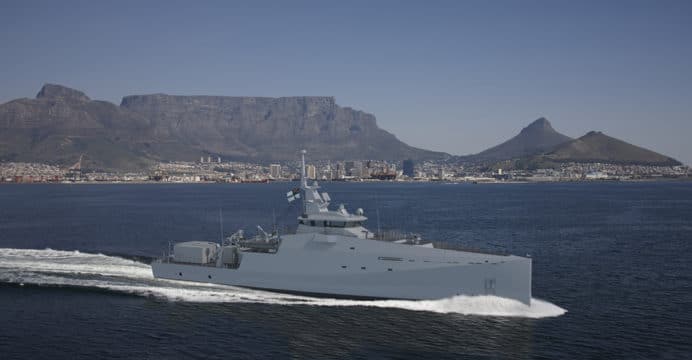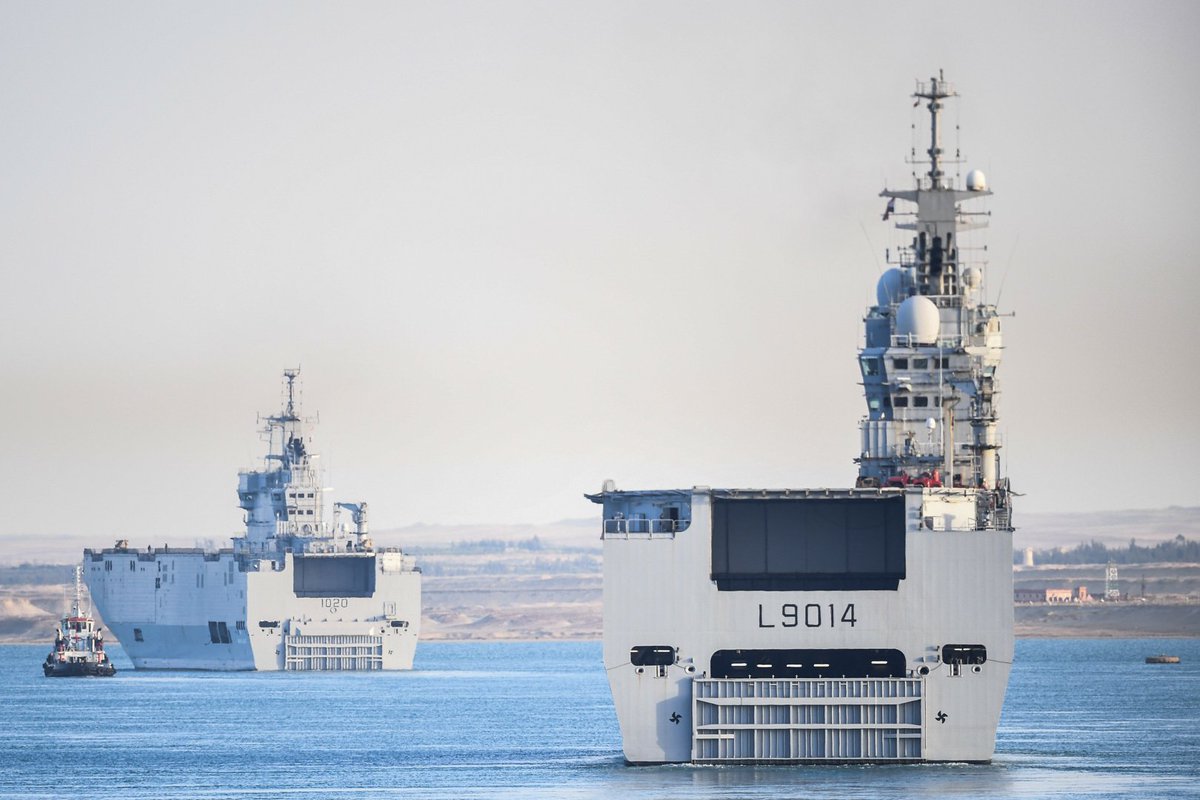Jura The idiot
General
Nov 22, 2017
Beijing Bids Goodbye to Robert Mugabe
actually not yet, since it's the SDF here:... so just to finish here:
Zimbabwe’s President Mugabe resigns after 37 years
Beijing Bids Goodbye to Robert Mugabe
... goes on below due to size limitAs the line of Chinese-made armored vehicles rumbled into Harare last month, Zimbabwe’s 93-year-old dictator, Robert Mugabe, must have wondered what happened to the “all-weather friendship” Beijing always said they shared. For nearly four decades, Mugabe had been one of China’s staunchest allies. His “Look East” policy signaled Africa’s economic shift away from the West toward the rising superpower. Yet as the bloodless coup against him unfolded, Beijing offered no words of support or sympathy. Instead, there was silence — until afterward, when President Xi Jinping of China rushed to congratulate Mugabe’s successor, Emmerson Mnangagwa.
The circumstances surrounding the end of Mugabe’s 37-year reign are the stuff of spy novels: a high-level meeting in Beijing four days earlier, the armed showdown at Harare airport, the old dictator’s last-ditch attempt to assert his authority. But the episode also tells a tale of China’s evolving relationship with the world it is shaping through loans, trade and investments. In an era when the United States seems to be on the retreat — notice the absence of Americans from this story — it can be easy to shrug off China’s advance as another instance of its rapid, ineluctable expansion. But the fall of Mugabe, a charismatic despot who drove his economy to ruin, shows how Beijing is learning to navigate, very carefully, through turbulent transitions in places where it has deep economic ties, sometimes decades old, and how countries bend to the arc of China’s gravity.
Mugabe is among the last of a dying breed, a revolutionary hero whose relationship with China was forged in Africa’s anticolonial struggle and shifted over time into an economic and diplomatic partnership. When the West issued sanctions against Mugabe’s government in the early 2000s for a multitude of sins — human rights abuses, violent farm invasions, electoral fraud — China defended its ally and poured money into Zimbabwe’s diamond mines and tobacco farms. It supplied weapons and fighter jets, roads and electricity plants. At a packed rally in the Chinese-built national stadium in Harare, Mugabe exulted: “We have turned East, where the sun rises, and given our backs to the West, where the sun sets.”
It seemed that the sun would never set on Mugabe, even as he exploited his citizens and presided over the economy’s destruction. In 2009, after a bout of hyperinflation so bad that the government printed $100 trillion notes that couldn’t even pay for a loaf of bread, Zimbabwe abandoned its currency and adopted the U.S. dollar as the principal means of exchange. Even so, in 2015, President Xi made a state visit to Zimbabwe, lavishing praise on Mugabe and pledging $4 billion in energy projects. Reciprocating the good will, Mugabe made a move that would flatter Beijing’s global ambition: Zimbabwe announced that it would become the first foreign country to accept the Chinese yuan as an official currency.
Behind the scenes, though, Beijing was growing alarmed. Mugabe’s disastrous handling of the economy had gone on for years, leaving more than 60 percent of the population below the poverty line — and government debts to China unpaid. But what provoked Beijing’s ire in early 2016 was a decision to enforce an “indigenization” law that required foreign ventures to reserve at least 51 percent of their ownership for local Zimbabweans. The law was meant to promote black empowerment, as well as Mugabe’s popularity. But China felt the law unfairly targeted its investments, including two diamond mines, whose assets were to be absorbed into a state-owned company. So angered were Chinese leaders that they summoned Zimbabwe’s foreign minister to Beijing to hear their grievances.
For China, there loomed a bigger danger and opportunity: the long-awaited political transition. As the nonagenarian Mugabe approached the end of his term in 2018, China feared chaos. But after decades of waiting, it hoped to push a freer investment climate that would open up Zimbabwe’s abundant mineral resources. As a one-party state, China has preferred to deal with ruling parties and their often-authoritarian leaders — and to hope that these old friends never pass from the scene, like the Communist Party itself. The “wake-up call,” says Yun Sun, a senior associate at the Stimson Center in Washington, came in Libya with the fall of the dictator Col. Muammar el-Qaddafi in 2011. China was heavily invested in Libya — it imported 10 percent of the country’s oil supply — but blindsided by the revolt against its ally. During the turmoil, more than 30,000 Chinese workers had to be airlifted out of Libya, and China lost billions of dollars’ worth of investments and loans.
Elsewhere, China’s sheer size could pull wayward countries back into its orbit. In Zambia, the poor treatment of workers at Chinese-run copper mines provoked a national outcry. The populist Michael Sata ran for the presidency in 2006 on an anti-Chinese platform, vowing to prevent Zambia from becoming a “dumping ground” for Chinese workers. His defeat led to the first anti-Chinese riots in Africa. Five years later, Sata again whipped up anger at Chinese “profiteers” and won the presidency easily. Once in office, however, the old firebrand mellowed. He was soon a compliant partner with Beijing — a sign, perhaps, that China’s influence on the Zambian economy had become so vital that fighting against it would be too costly.
The situation was different in Zimbabwe, where the uncertainty over succession spawned two sides vying for China’s favor. Mugabe’s heir apparent was Vice President Mnangagwa, a former security chief who trained as a guerrilla in China in the 1960s and earned the nickname “Crocodile.” Mugabe, however, wanted to hand the reins over to his 52-year-old wife, Grace, who studied in China. Last month, when Mnangagwa threatened to stop her, Mugabe fired him. As the Crocodile went into hiding, Zimbabwe’s army chief, his ally, flew to Beijing for an official visit with top military leaders. Barely four days after he returned to Zimbabwe, the coup was underway.
Suspicions about Beijing’s role in the takeover were only magnified when, in his first week in office, Mnangagwa relaxed the “indigenization” law — and signed a $153 million loan agreement with China. Beijing, citing its official policy of noninterference, vehemently denies any involvement in the coup. And indeed, such subterfuge seems more in line with past actions of the United States, which secretly helped topple governments from Iran to Chile during the 20th century. But even if Chinese officials told Zimbabwe’s army chief in Beijing they merely hoped for a more stable investment environment, this could still be regarded as the first coup d’état carried out with the tacit approval of the 21st century’s emerging superpower.
...







